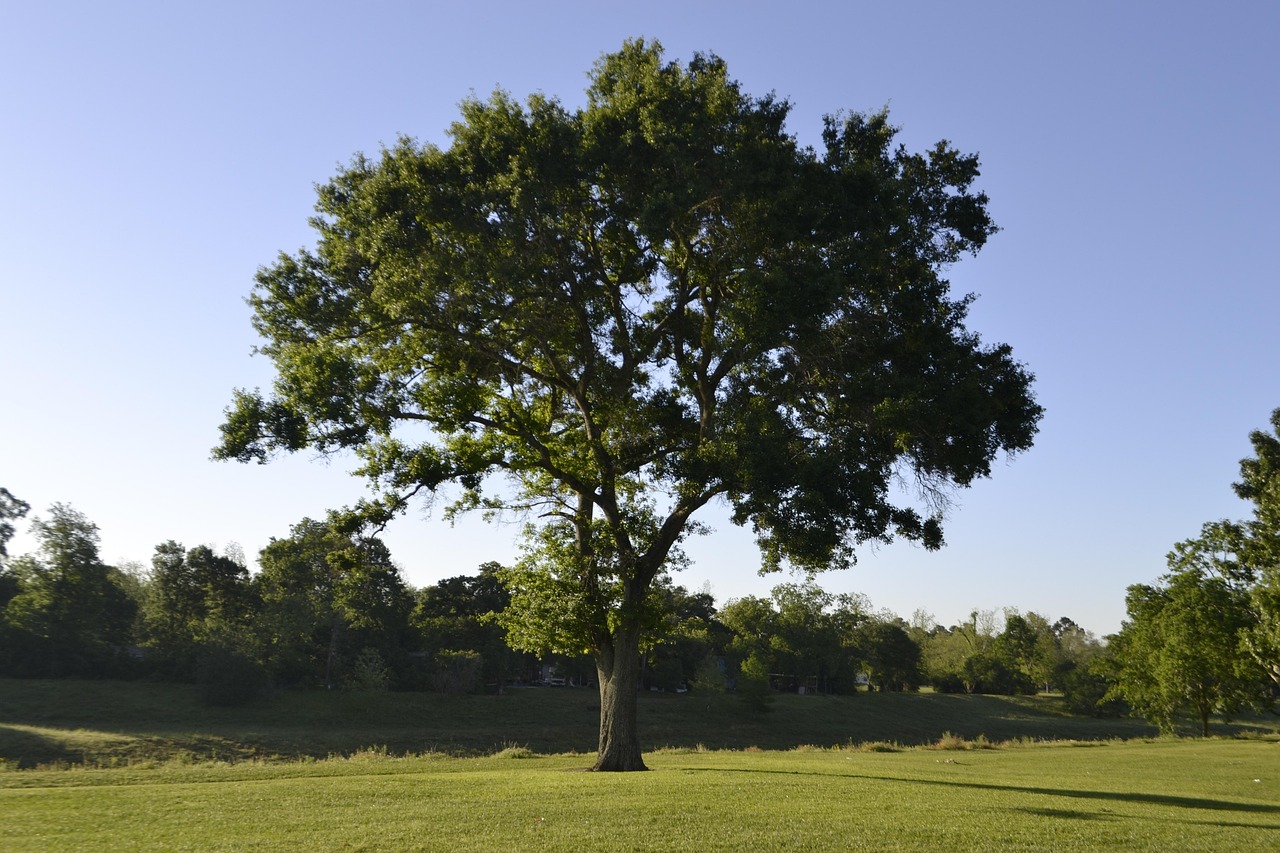(image credit: by Tirachard Kumtanom )
When you think of an envelope, you probably picture a sleek paper pouch carrying a letter, an invitation, or perhaps a bill. But would you believe that the first known envelopes weren’t made of paper at all—but of baked clay?
Historians trace the earliest use of envelopes back to ancient Mesopotamia, around 2000 BCE, during the time of the Babylonians and Sumerians. These early “envelopes” were actually hollow clay spheres used to encase cuneiform tablets—which were clay slabs inscribed with important messages, financial records, or contracts.
Once the inner tablet was sealed inside the outer clay covering, the envelope would be baked or sun-dried, forming a hard shell. To open it, you literally had to break it open—much like cracking a fortune cookie. Not only did this provide security, but it also acted as a form of tamper-evidence. If someone opened your message, there was no way to reseal it discreetly.
To further secure these messages, many clay envelopes were stamped with cylinder seals—personalized carvings rolled across the surface of the clay that acted as an ancient signature. This helped verify the identity of the sender and preserved the integrity of the message, even thousands of years before the concept of postal systems emerged.
Fast forward to 17th-century Europe, and paper envelopes began to take shape—first as handmade folds and later in pre-cut commercial forms. By the mid-1800s, with the invention of envelope-folding machines, paper envelopes became widely available and affordable, helping birth the modern mail system.
Fun Fact:
Some clay envelopes from Mesopotamia have survived intact and are now stored in museums. Archaeologists can actually X-ray them to view the tablets inside—meaning some messages haven’t been “opened” in over 4,000 years!


